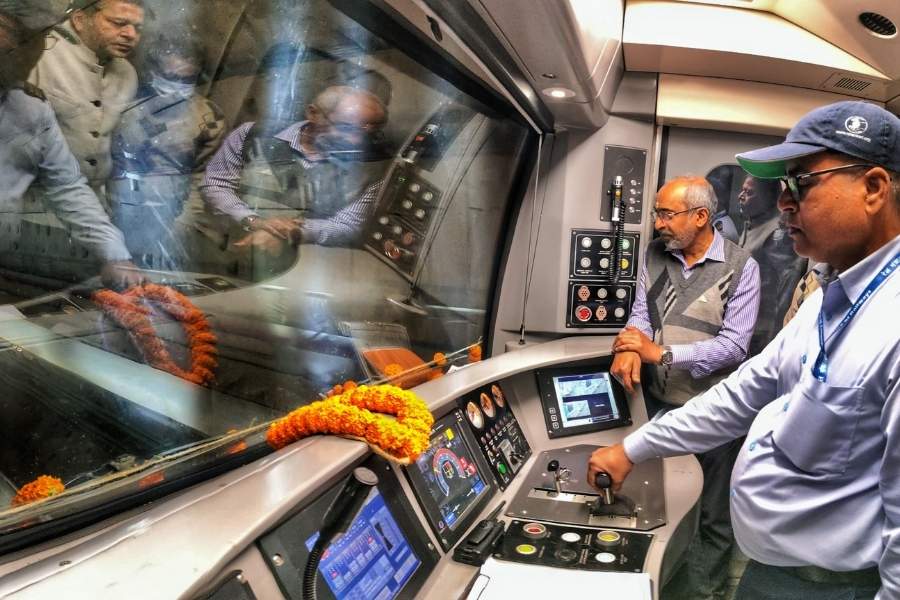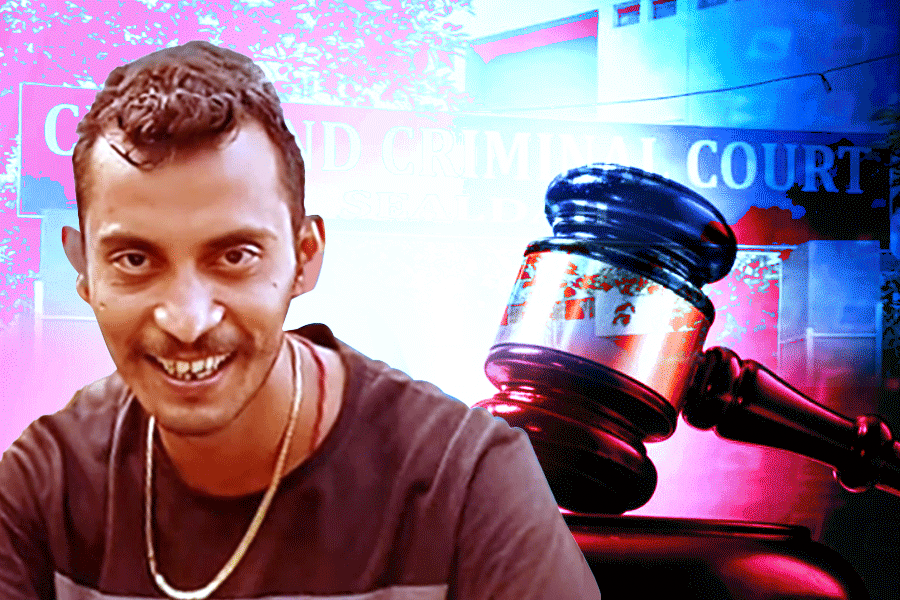
The Sabarna Sangrahashala (the entrance in top picture), founded on June 5, 2005, stands as a testament to the rich heritage of the Sabarna Roy Choudhury family, one of Bengal’s oldest and most prominent lineages with over 22,000 members spread across the globe and settlements in Kolkata, Khyaput and Halisahar. The museum is unique in its dedication to preserving the family’s legacy and is probably one of the few family museums in India that is open to the public One can visit the museum between 10am and 1pm on all days of the week except for Thursdays. (Pic above) Stamps from five continents celebrating Lord Ram and the epic Ramayan
Photographs by Sannidh Raychaudhuri
The museum’s collection is a treasure trove of rare artefacts and historical documents, with some items dating back to as early as the 1600s. These artefacts, generously donated by family members, offer a rare glimpse into the past, providing valuable insights into the history and culture of the region. Seen above are bricks from their original 1606 buildings

Since 2006, the Sabarna Sangrahashala has hosted the prestigious International History and Heritage Exhibition every year, celebrating global cultures by choosing a different country as the theme. When a country is selected, various dignitaries from government sectors, representatives, diplomats, and other officials from that nation visit the museum. They not only explore the rich array of artefacts on display but also participate in a cultural exchange programme. Featured above is a tribute to Mrinal Sen through a collection of original photos from his filmmaking days in Kolkata

Each piece tells a story, making the museum not just a place to see but a place to experience history intimately. These stories are meticulously documented by a dedicated team of students, researchers, scholars, and historians who work tirelessly to preserve and expand the collection. In picture on left is an ornamental Burma teak dressing table with Belgian glass, once used by Kamolini Devi, — a centrepiece — and on right is a vintage light known as ‘hajaque’ used in the olden days for ‘jatra’ (theatrical shows)

Visiting the Sabarna Sangrahashala is not just about viewing artefacts; it’s about discovering the stories behind them. The museum offers a unique opportunity to delve into the historical and cultural narratives that have shaped the family and, by extension, the region. (Clockwise from top left) A shawl worn by the legendary singer Satya Chowdhury (1918-1993), indoors of the museum and preserved teeth from the Great White Shark




